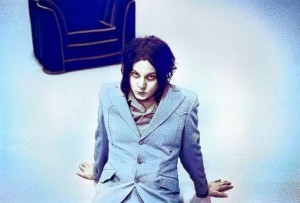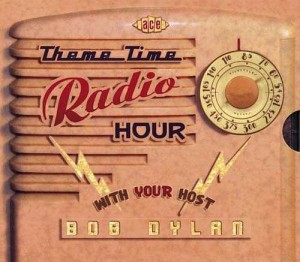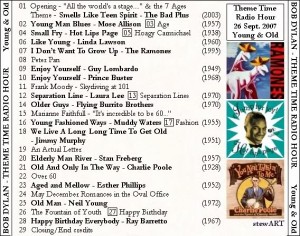 Jack White is Bob Dylan’s much younger and much more industrious baby brother. Incredibly, he very nearly has the great man’s depth of vision and musical scope, but unburdened by the weight of messianic adulation, nice and quietly he’s living the musical dream.
Jack White is Bob Dylan’s much younger and much more industrious baby brother. Incredibly, he very nearly has the great man’s depth of vision and musical scope, but unburdened by the weight of messianic adulation, nice and quietly he’s living the musical dream.
Globally speaking, the White Stripes were little more than A N Other guitar band making a reasonably good living doing their thing. Within the world of music though, they were a phenomenon. A blindingly bright lightening bolt that lit up the night skies in a flash of uncompromising, searing brilliance.
White took that success and ran with it. He formed a couple of satellite bands, The Raconteurs and The Dead Weather, launched his record label Third Man Records, and in 2009 bought a building in Nashville which he transformed into a recording hub.
There he’s produced LPs and singles (on vinyl of course) for the likes of Loretta Lynn, Wanda Jackson, First Aid Kit (reviewed here), Jerry Lee Lewis, Tom Jones and Alabama Shakes (reviewed here) as well as dueting with Norah Jones for three of the tracks on Danger Mouse’s Rome (reviewed here).
But last year The White Stripes officially called it a day. And then a few months later, White and his wife Karen Olson split up, marking the occasion, characteristically, with a divorce party. So this is his first outing as a single man. And there were really only ever two possible outcomes.
Either the Stripes depended for their magic on some intangible alchemical combination of both Meg and Jack. Or, the most potent force in rock will always be Jack White with whoever it is that he’s happens to have paired himself up with that particular morning. Blunderbuss puts that dilemma to bed once and for all.
It’s intriguing, not to say generous, of White to insist that it was Meg who wore the trousers in the band, as he does in Josh Eells’ superb interview in the NY Times here – sited in Pitchfork’s generous review here, not withstanding their skimpy 7.8.
But it’s blindingly obvious that it was he who was the band’s engine, its fuel, transmission and upholsterer. And Blunderbuss is an impressive amalgamation of all of the musical avenues he’s been exploring in all of the many musical projects he’s been involved with to date.
According to the interview he gave to All Songs Considered here, he kept two separate backing bands on hold, an all-male one and an all-female one. And one of the many pleasures that the album affords is trying to spot which one is which.
I’d have a small wager that the funky groves of I’m Shakin’ bespeak a female troupe, and not just because of the lush, Spector-esque female backing vocals, including, again characteristically (of them both) his now ex-wife Olsen.
Whilst it’s impossible not to conclude that the primal propulsion of the majestic single Sixteen Saltines is the work of undiluted machismo – and quite correctly, White positioned this as his track 2. The album would have been quite overwhelmed by it had he begun with it.
This is a proper piece of work from a very serious musician indeed. Quite simply, the man’s royalty.
Sign up for a subscription right or below, and I shall keep you posted every week with All the Very Best and Worst in Film, Television and Music!




